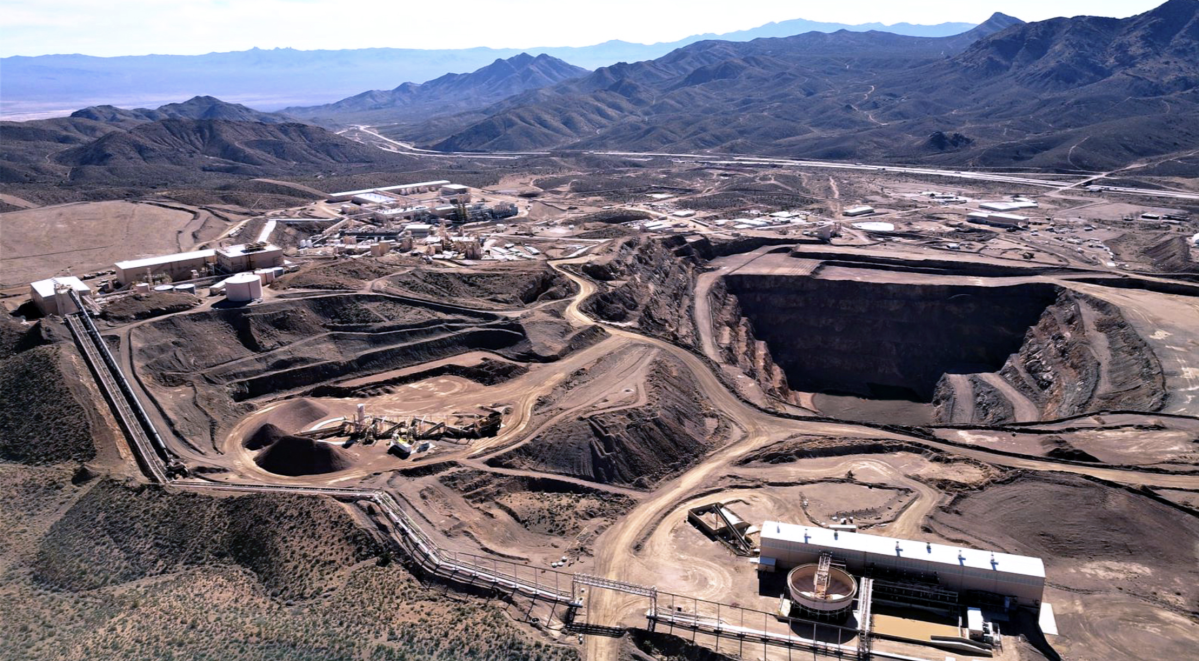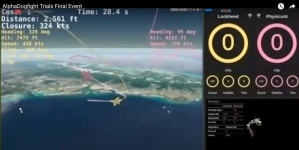AI-focused ‘hackathons’ to kick off early next year as White House moves to strengthen US supply chains

The Defense Advanced Research Projects Agency (DARPA) is gearing up for a series of events that aim to develop artificial intelligence and machine learning capabilities in order to streamline the tedious critical mineral assessment process.
The effort, a collaboration between the Pentagon, the Department of the Interior’s U.S. Geological Survey (USGS) and the Department of Energy’s Advanced Research Projects Agency-Energy (ARPA-E), was included in a long list of initiatives released by the White House on Monday highlighting new efforts to strengthen the nation’s supply chains.
The organizations “will host a series of hackathons beginning in February 2024 to develop novel artificial intelligence approaches to assess domestic critical mineral resources,” according to a White House fact sheet.
The hackathons are a component of DARPA’s Critical Mineral Assessments with AI Support (CriticalMAAS) program.
“The goal of this AI exploration effort is to transform the workflow from a serial, predominantly manual, intermittently updated approach, to a highly parallel, continuous AI-assisted capability that is comprehensive in scope, efficient in scale, and generalizable across an array of applications,” a DARPA press release stated.
The effort builds upon a 2022 collaboration between DARPA and the USGS, MITRE and NASA’s Jet Propulsion Laboratory, called the AI for Critical Mineral Assessment Competition, which held prize challenges focused on automated map georeferencing and map feature extraction.
DARPA posted an “Artificial Intelligence Exploration Opportunity” solicitation on Sam.gov in May that invited organizations to submit research proposals for four technical areas that expand on the previous effort’s focuses — extracting geospatial data from maps and documents, model extraction from knowledge, mineral potential mapping exploiting multi-model fusion, and human-in-the-loop and mixed-initiative modeling.
Last year, USGS released a list of 50 minerals that are considered critical to the United States’ economy and national security — from widely used resources like aluminum to so-called rare earth elements that are difficult to produce using domestic supply chains.
USGS is required to assess all of the nation’s critical mineral resources and update its list every four years, as mandated by the 2020 Energy Act. However, the process can be labor intensive — with USGS estimating that thoroughly assessing all critical minerals using current data, techniques and tools could take up to 50 years.
“Successful [critical mineral assessments] require fusing multi-modal data from geologic maps, mineral exploration results, geophysics, geochemistry, remote sensing and more,” the solicitation noted. “Many of the required data sources are not accessible in computable forms, either because the maps or tables were produced in the pre-digital era or because of lack of access to the original data sources, which may be proprietary. The result is that the USGS can only use a small fraction of existing data for a [critical mineral assessments].”
The solicitation also cited insufficient models of critical minerals, as well as constraints in time and personnel resources, as additional factors that bog down the assessment process.
Each of the four technical areas for CriticalMAAS aims to tackle different parts of these problems with AI-enabled solutions.
For example, DARPA is looking for algorithms that can pull data from various USGS maps and documents — some upwards of 100 years old — and turn it into high-quality digital maps that include “points, lines, and polygons accurately extracted and georeferenced.”
Other technical areas call on teams to create more detailed models of mineral deposits; develop algorithms that predict probability that a mineral deposit exists; and more broadly implement human-in-the-loop modeling and learning in each step in the critical mineral assessment workflow.
The program will be divided into a year-long phase 1 and optional six-month phase 2, according to the solicitation. Teams chosen for the first phase will participate in at least three hackathon events and an end-of-phase evaluation, the solicitation noted. Those who successfully complete challenges in phase 1 will advance to phase 2, where teams will participate in another hackathon and final evaluation and demonstration.
Although the primary focus of CriticalMAAS is on critical mineral assessment, DARPA expects that the resulting AI capabilities and data products can be transferred to other uses for government missions — including water resource management and new clean energy sources, according to the agency.






